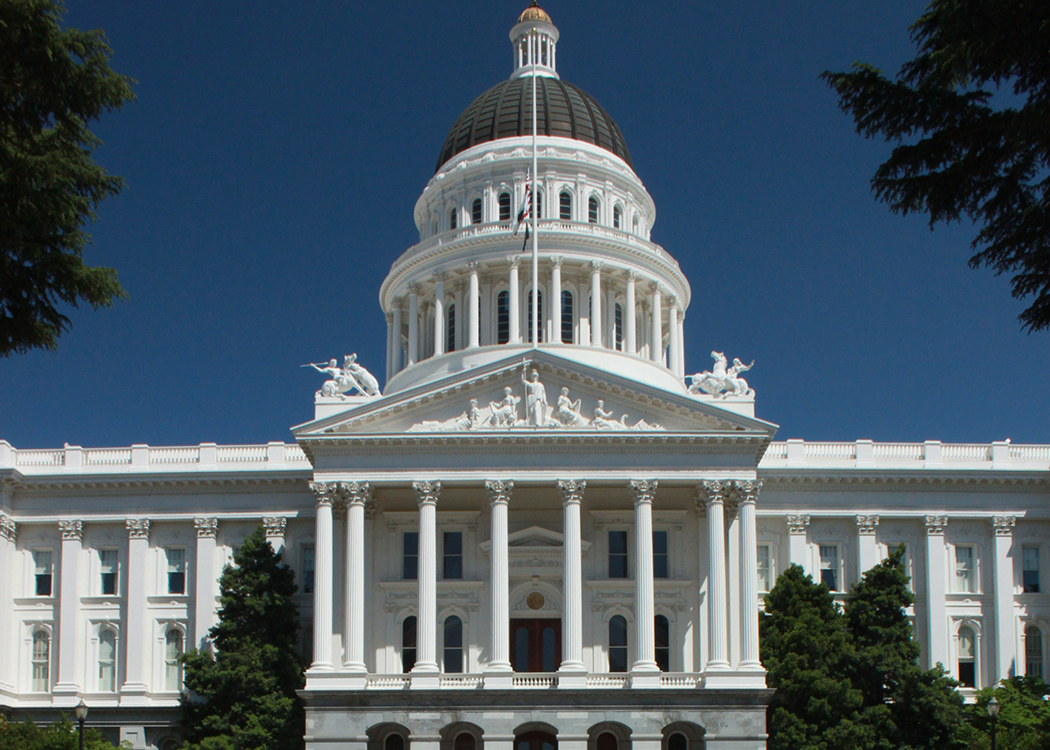 Previous Day |
Malakoff Diggins → Sacramento → Glendale 456 mi (733.9 km) |
 More 2012 Travels |
Holy Toledo, everyone!
There’s been a George sighting! That means I really am on the right track! I had just missed him at Cuccia’s, so I grabbed dinner to go and blazed down the road as fast as I could. By then, it was completely dark, but I was fortunate enough to turn right onto Sierra County’s Pearl Highway. It’s actually called the Gold Lake Highway, but the county has lined the road with tall stakes of circular reflectors that look like pearl strands in the headlights! Rising from the snowbanks, they made this stretch toward my final Landmark destination, Malakoff Diggins State Historic Park, truly magical! Maybe that’s how it should look when I find George again! I hadn’t expected that so soon though!
I didn’t get to Malakoff Diggins until 11:30 at night, and Robot Jane the GPS took me up a trail, not a road, but a trail! This trail led to a car junk yard in front of a tiny, remote house with the porch light on! Be warned! Don’t enter this park from the south in the middle of the night!
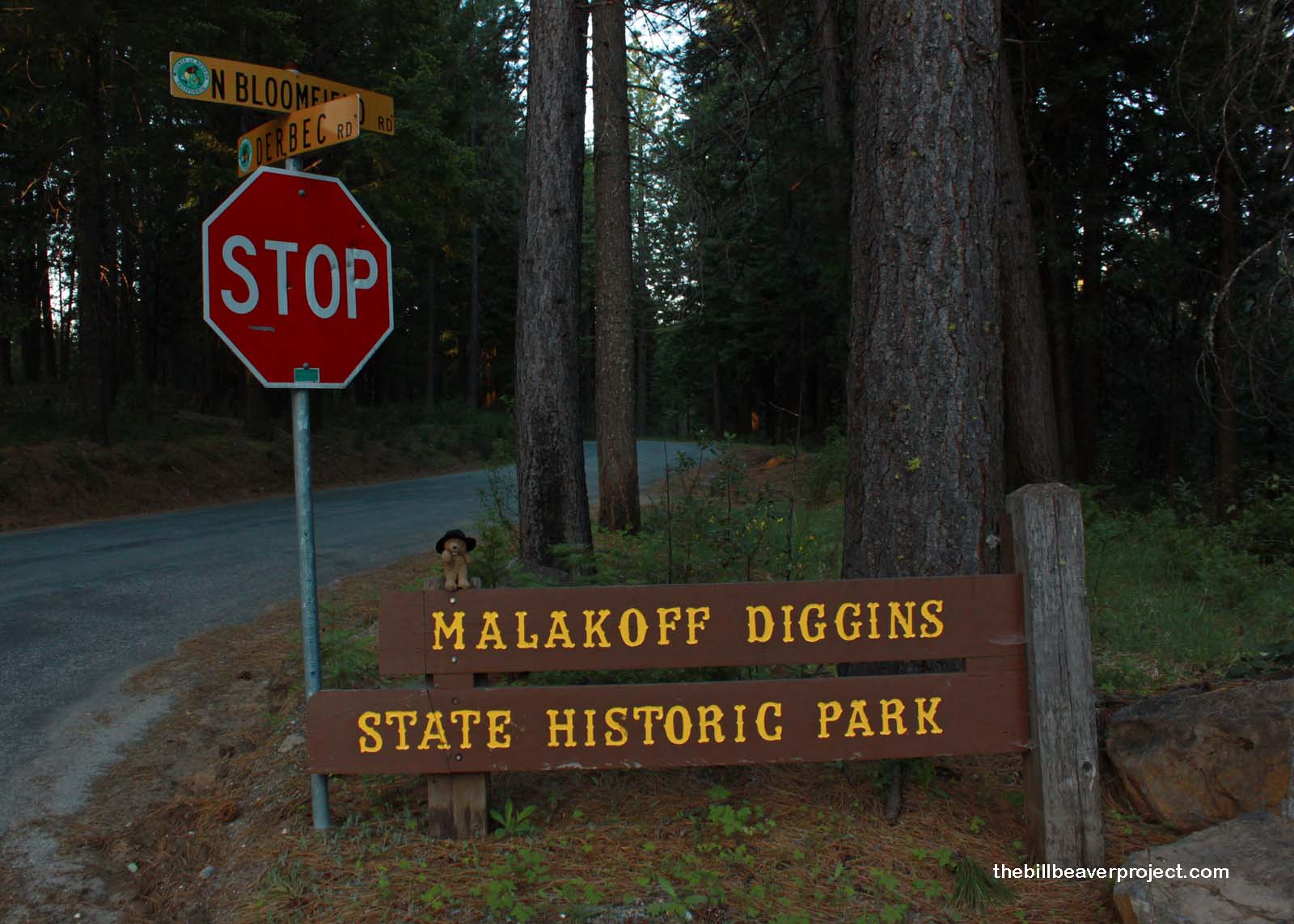 |
I made it safely onto paved road, crashed for the night (not literally, thank goodness) and got up with the dawn to have a look around. All I knew about this park from before was that it was home to the largest hydraulic mining operation in California, run by the North Bloomfield Gravel Mining Company (the Historical Landmark!). In its years of melting away mountains, the damage done by this operation serves as a powerful lesson in a great, golden addiction and the lengths to which whole communities will go to feed that addiction!
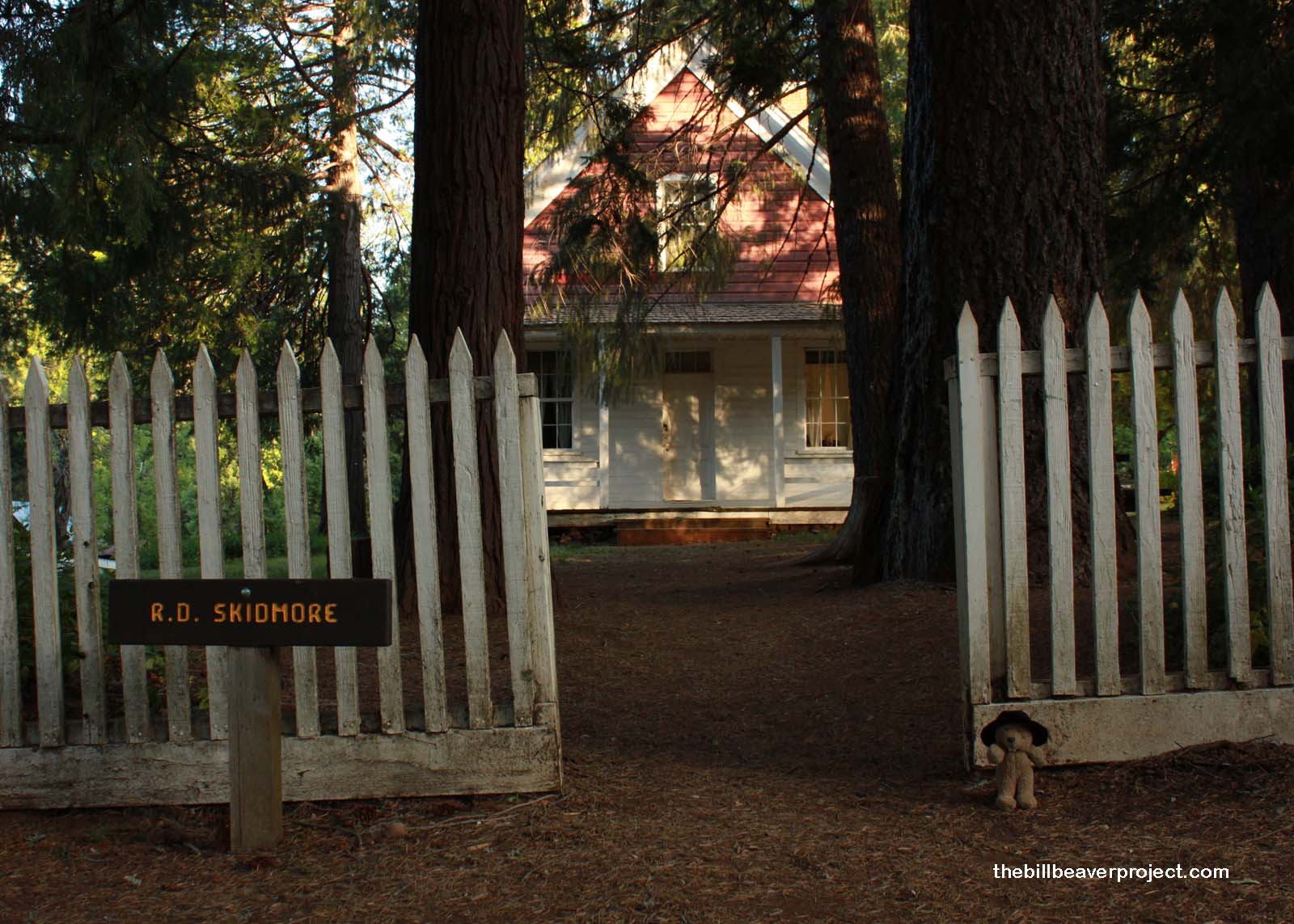 |
Miners flocked to this area with high hopes, but they found a humbug instead of wild riches. Or rather, they founded Humbug, the town, which grew into North Bloomfield. With the hydraulic mining boom, boosted by the 1852 innovations of Anthony Chabot and Edward Mattison, people, equipment (like seven fancy Craig monitor water cannons!), and a whole lot of work (about $3 million in work) flooded into the area. By the end of the operation, the miners had extracted about $3 million in gold. That’s not a fantastic return for the damage done.
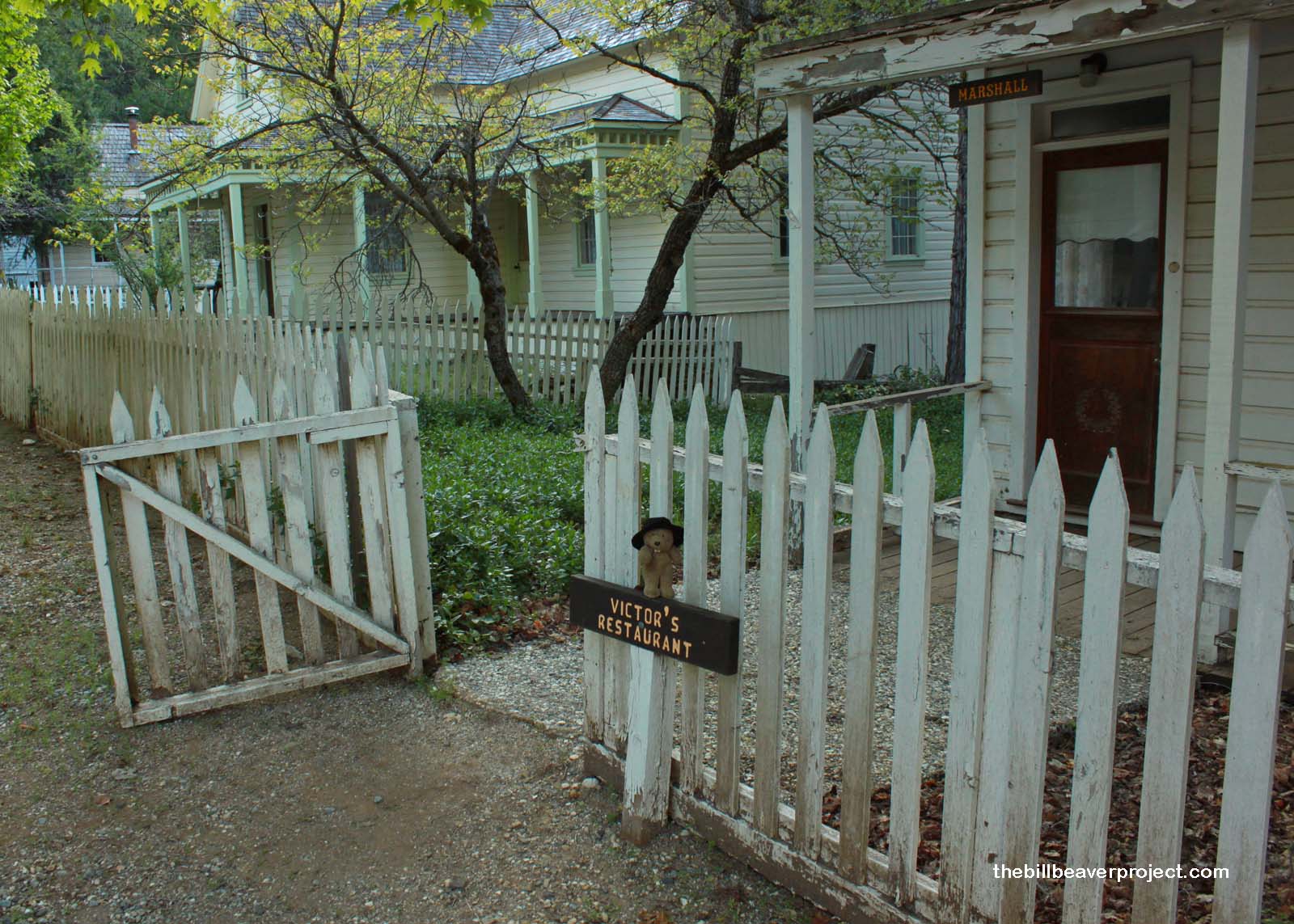 |
See, unlike the hard rock mining at Plumas-Eureka, North Bloomfield miners were tackling loose alluvial deposits called placers. When the water cannons washed away these deposits, the 100,000 daily tons of mercury-laden dirt had to go somewhere, like down the Sacramento River into San Francisco Bay, clogging waterways and flooding farms and towns. However, so many of these towns depended on the mines that as the flood waters rose, they just built higher levees! That sounds like a goldependent relationship to me!
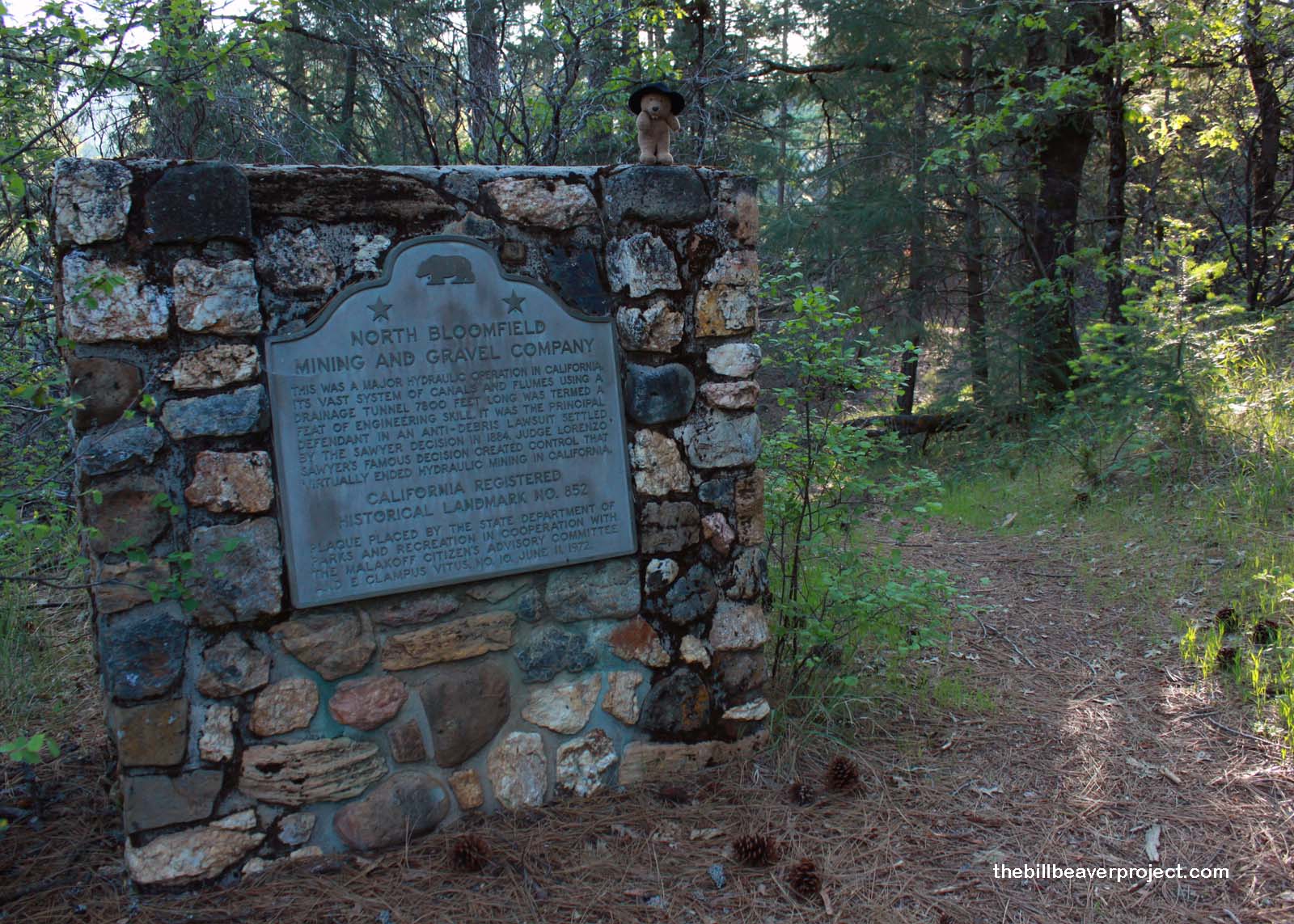 |
Such relationships come with breaking points! In this case, that was the 1875 bursting of the levees of Marysville, which had built itself into a bowl in the middle of flood waters. That woke up the locals for sure! They embarked on nine years of petitions and complaints against hydraulic mining operations, which led to the Sawyer decision of 1884. This decision banned the dumping of tailings into the Yuba River, effectively ending hydraulic mining in California. Now, all that remains of this era are the mercury deposits and the towering “diggins.”
 |
Though twelve people still live in North Bloomfield, every house in town was closed, leaving me to look for George down by the diggins. The Malakoff Diggins took their name from French miners, like Anthony Chabot, who were celebrating the French capture of the Russian Fort Malakoff during the Crimean War (current events at the time). There are several viewpoints of these diggins, as well as a trail leading down to them. I wondered if it would be better to look for George down at the diggins or in Sacramento, my final destination for this trip.
I haven’t forgotten my lessons from the Camino. This park is closing, and who knows when or if I will return to this area. I took the hike through the quiet morning, down the gravel slope into the stream bed and up to the towering tailings. These tailings reminded me a lot of southern Utah, even Death Valley, probably because of the similar alluvial deposits there. They weren’t as huge as Las Médulas in Spain, but I still found them impressive. Though the morning was bright and beautiful, the bullfrogs merrily hrumming, I did not find George here.
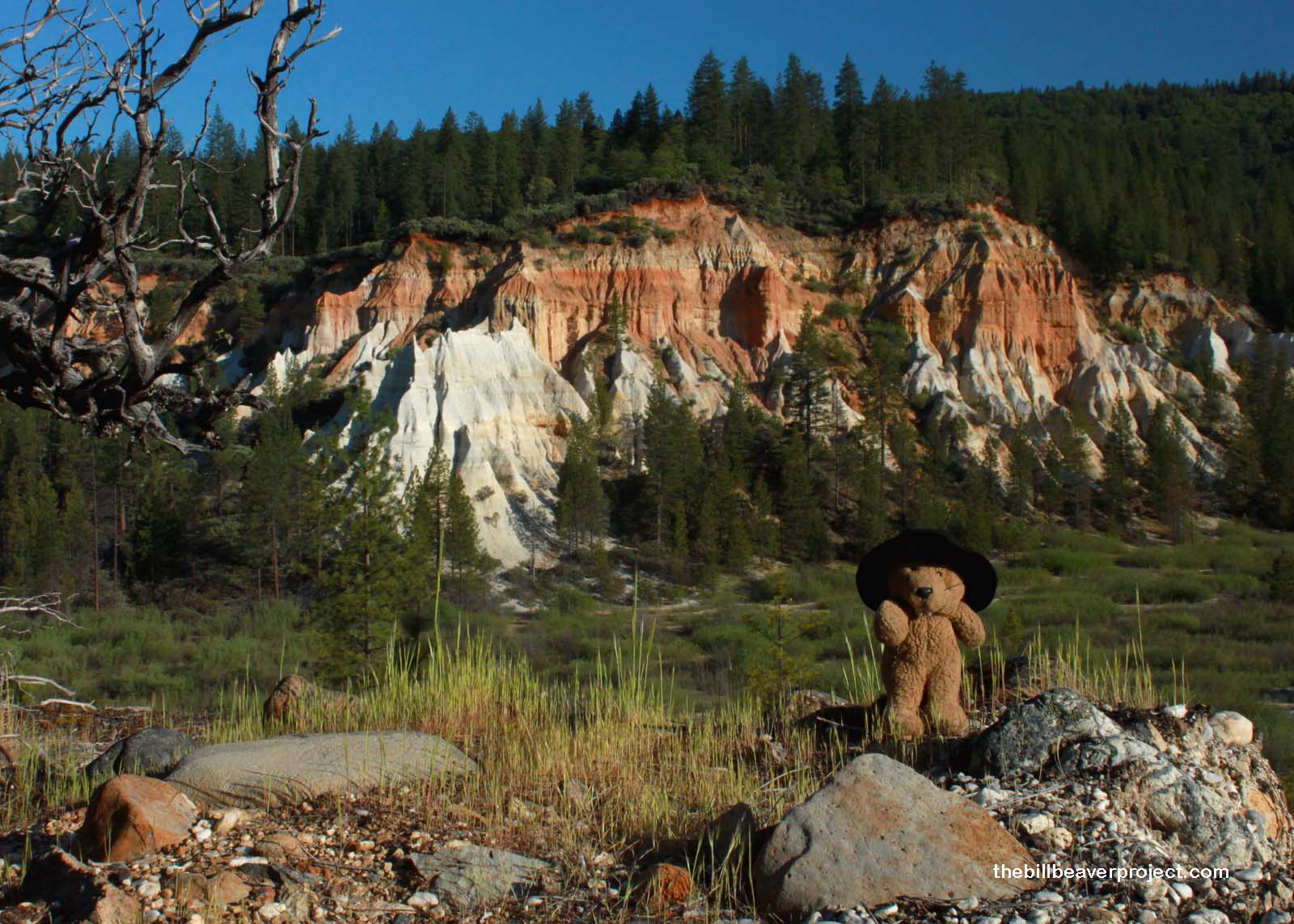 |
The real value of a place like Malakoff Diggins is in the way it calls attention to an irresponsible pursuit of wealth. After 32 years of pumping and dumping, the effects of which are still being calculated, the whole operation only broke even. It’s so important for folks to be aware of the cost of their actions! That’s a good lesson to take to Sacramento for my second historical protest:
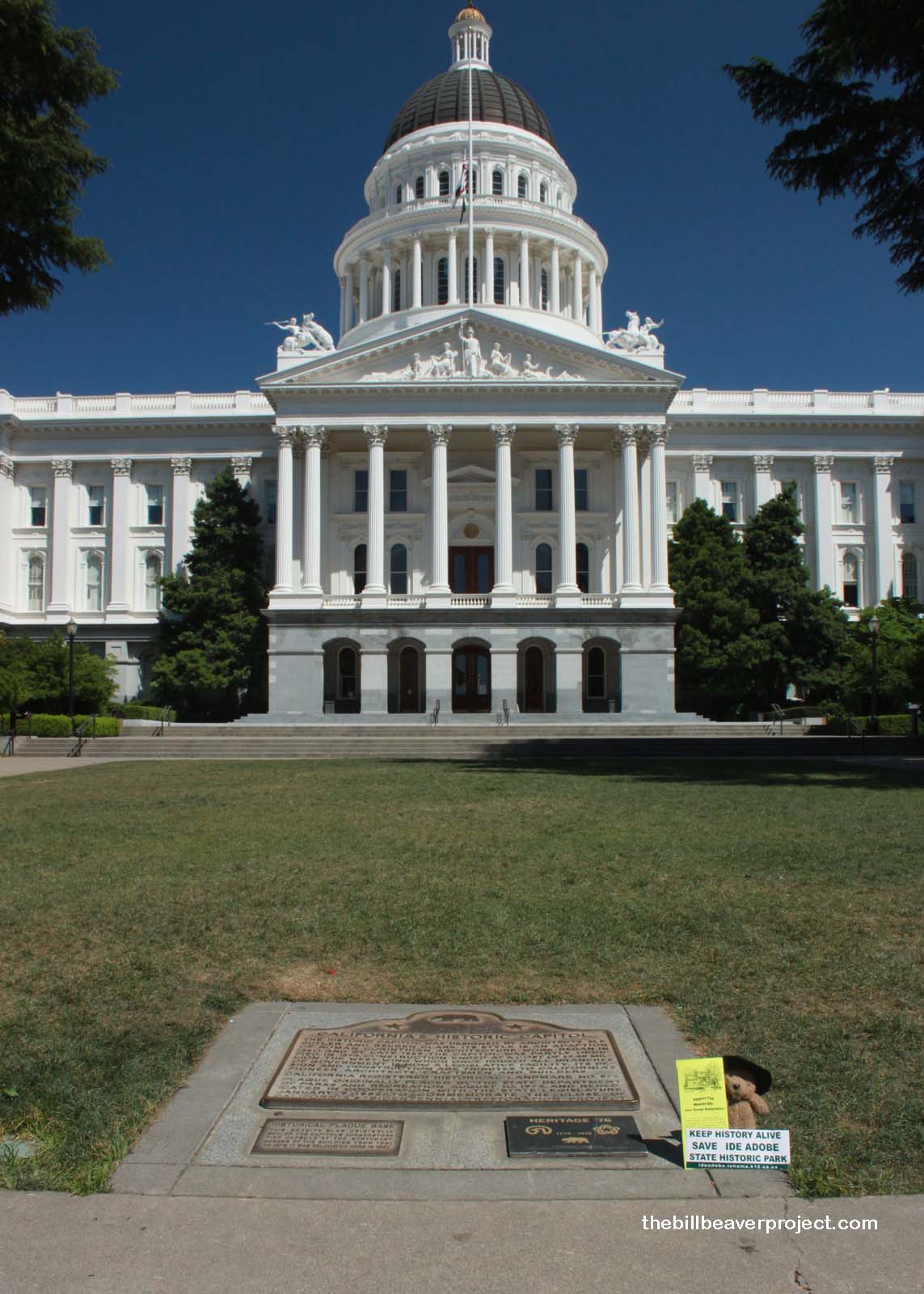 |
I found the Historical Landmark plaque at the capitol building, which I’d missed last time. Seeing it reminded me that, in a way, the folks who work inside this Landmark are betraying the others by closing them! The supporters of this shutdown, who were supplied by the people downriver, need to remember where the debris of their actions will flow! Having made this trip, I’ve seen how the Gold Rush destroyed whole tribal ways of life, ruined fortunes, flooded towns, and poisoned the ecosystem. However, some Gold Rush era Landmarks like the Joss House and Bidwell Mansion taught me that people can still do wonderful things with the money they have earned. If Assembly Bill 1589 passes and diversifies funding sources for California’s state parks, maybe that side of the story will prevail!
So what can you, the reader, do to help? I know that a thousand people and organizations ask for a slice of your daily bread, but I do recommend saving up $10 and visiting a state park. All you have to do is pay the entrance fee (instead of sneaking inside like many visitors) and you will discover beautiful scenery, meet smart people, and explore our place as Californians in the greater scheme of things! You’ll be getting your money’s worth!
Keep hoping for the first of July!

P.S. If you do want to contribute, here are some links to the organizations responsible for fundraising in the parks I have visited. Also, be sure to keep an eye on the news for Assembly Bill 1589, and lend your support! I’m going to keep spreading the word and visiting more sites like this to raise awareness. Now that I know George is hunting around in California, it’s only a matter of time before the mission is complete!
|
 Previous Day |
Total Ground Covered: 1,688 mi (2,719.8 km) |
 More 2012 Travels |
